Indian Space Research Organisation (ISRO) and Aryabhatta Research Institute of Observational Sciences (ARIES) have collaborated to set up a service centre called Aditya-L1 Support Cell. It will be used by the guest observers to analyze science data from the First Indian mission to study the Sun – Aditya-L1 and will help the observers to prepare science proposals.
Aditya-L1 Support Cell
The Aditya-L1 Support Cell set up at ARIES transit camp at Haldwani (Uttrakhand) will work with ISRO to maximize the scientific data obtained from Aditya-L1. It will further facilitate Aditya-L1 (India’s first dedicated solar space mission).
The centre will act as a channel between the observers (student and faculty members from research Institutes/ Universities/ Colleges etc.) and payload teams of Aditya-L1 and the solar astronomy research community.
The centre will bring all data onboard India’s first dedicated solar space mission to a single web-based interface. This will enable the observers or users to quickly access the data and identify interesting scientific cases out of that information.
Laboratories around the world will connect with Aditya-L1 Support Cell
The centre will provide the co-aligned data from other observatories around the globe that can go with the data obtained from Aditya-L1. This will allow users to achieve science goals beyond the capabilities of the Aditya-L1.
The Aditya-L1 Support Cell will provide a solar database
Collecting and combining data from different observatories will help in building a solar database that will outline different solar features seen on the surface of the Sun and in the heliosphere. The data will play a vital role to understand the relation between the heliosphere and the Sun.
The sun emits a constant flow of solar material called the solar wind, which creates a bubble around the planets called the heliosphere. The heliosphere acts as a shield that protects the planets from interstellar radiation.
Aditya – L1 First Indian mission to study the Sun
Aditya -L1 is a 400kg class satellite that is planned to launch in an 800 km low earth orbit. The mission will be launched this year or in 2022 from PSLV-XL from Sriharikota.
The satellite will be placed in the halo orbit around the Lagrangian point 1 (L1) of the Sun-Earth system. The advantage of putting the satellite in this region lies in the fact that this placement can provide continuous viewing of the Sun without any eclipses. This is the reason why the Aditya-1 mission has now been renamed to “Aditya-L1 mission” and will be inserted in a halo orbit around the L1, which is 1.5 million km from the Earth.


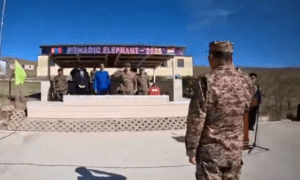

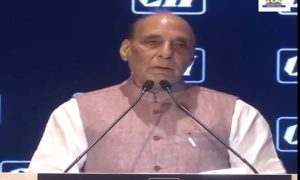



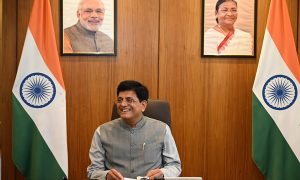



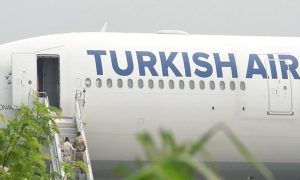



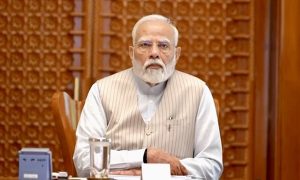

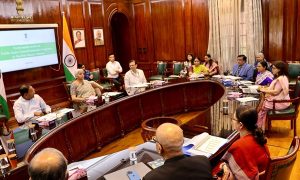



 WhatsApp us
WhatsApp us